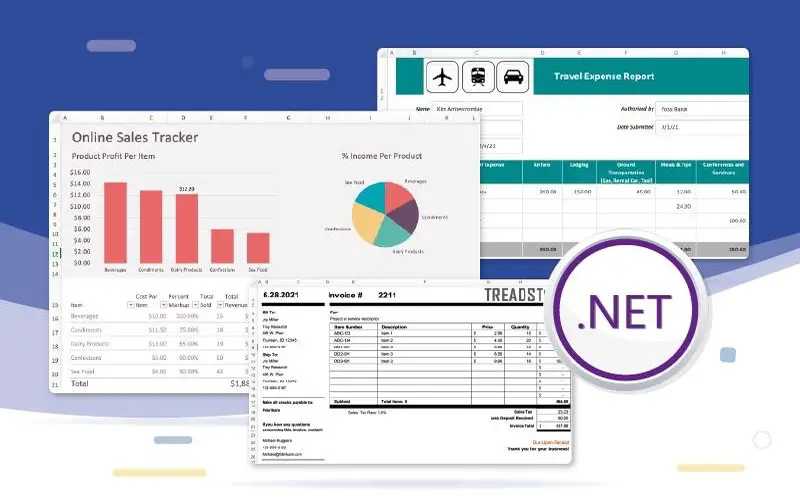What Is Web Assembly?
Web assembly, also termed as wasm, is a binary instruction layout patterned for the web. It enables programmers to start high-performance apps on the web, creating a robust tool for enhancing the consumer experience. Unlike standard web innovations, Web assembly is not defined by a particular programming language, allowing programmers to choose the most suitable language for their project.
How Web Assembly Works?
- Compilation: initially, you write your code in a language like C++ or Rust. Then, you use an essential compiler to change this code into a Web Assembly layout. This format is like a set of orderings that can be accessed by web browsers.
- Loading: when you call on a website that uses Web Assembly, your browser downloads these Web Assembly files, just like it would with HTML, CSS, or JavaScript.
- Execution: Once the Web Assembly code is packed, your browser can start it very rapidly because it’s a low-level, effective layout. It is not essential to go through the standard interpretation and evaluation that JavaScript does.
- Integration: Web Assembly code can interchange with JavaScript, enabling web programmers to merge the speed of Web Assembly with the reliability and consistency of JavaScript. It means you can use Web Assembly to speed up certain parts of a web application without rewriting everything in JavaScript.
Why Is Web Assembly Essential?
Web Assembly provides various advantages that make it a costly addition to the web development environment.
- Performance: Web Assembly code is terminated at near-native speed, making it perfect for performance-critical duties that may not be feasible with JavaScript alone.
- Language Reliability: Programmers can use them to bring high-level programming languages, such as C, C++, and Rust, to write code that starts in the browser.
- Web Assembly provides a sandboxed environment that separates code from the rest of the system, decreasing the chance of security vulnerabilities.
- Portability: Web Assembly is patterned as platform individuals, enabling the same code to start on distinct platforms without modifications.
Why Use Web Assembly?
The requirement for Web Assembly in web development stems from the limitations of JavaScript. While JavaScript has been the de facto language of the web, it wasn’t designed to address the performance needs of current web applications. JavaScript code can be cumbersome to download, process, and implement, especially on mobile devices with limited resources.
With Wasm, we can write our code in languages like C, C++, Rust, and Dart, compile it into wasm details, and start it in the browser at near-native speed. It enables us to manufacture web applications that are quicker, more effective, and more responsive.
1. Performance Enhancement: Racing Towards Excellence
Wasm doesn’t just agree on performance, it transforms it in a big way. With the capability to support near-native speeds, Wasm leaves standard JavaScript in the dust. Visually complicated calculations whizzing through your app, or games that acquire and start without delay. Wasm is your performance enhancement, plain and simple.
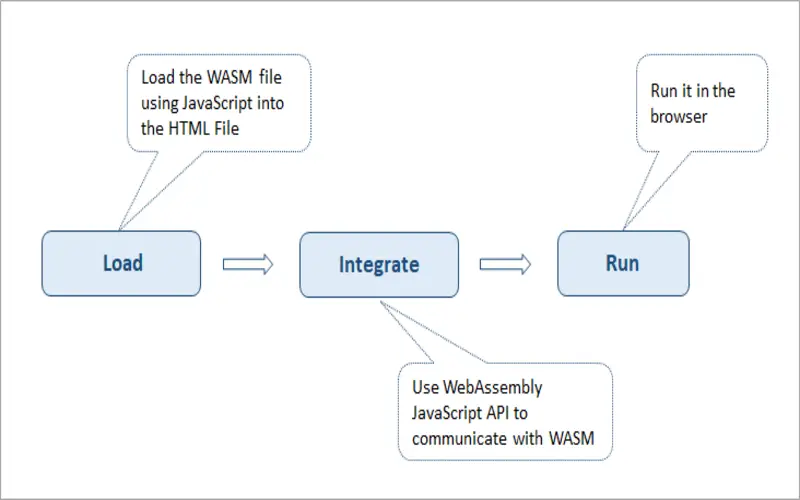
2. Language Agnostic: Polyglot Programming Paradigm
Wasm makes it possible. It is not crucial which programming languages you use. Wasm can control a variety of programming languages, including Rust and C/C++. It gives up a whole new universe of possibilities for programmers, who may now use their preferred language to create online apps that were previously required by JavaScript.
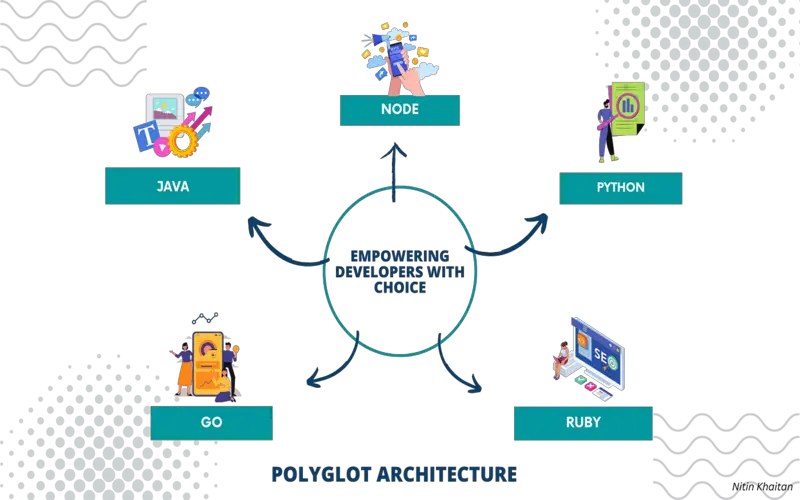
3. Browser Compatibility: Reaching All Corners Of The Web
Wasm brings accord to the web by being assisted across vital browsers. It means your superiorly crafted app will shine on Chrome, Firefox, Safari, and beyond. No more browser-specific adjustments are required – Wasm brings your app to the public.

4. Code Reuse: Write Once
The dream of code reuse comes alive with Wasm. Your code is not limited to the browser – it can start on servers, edge tools, and even hybrid mobile applications. It means less time to modify the wheel and more time composing refined applications that work seamlessly across fields.
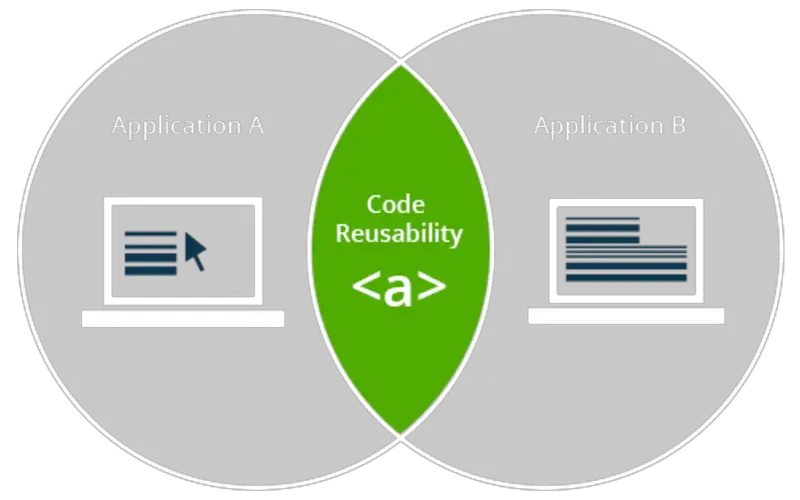
5. Enhanced Performance And Execution Speed
Web Assembly performs enhancements to web applications accomplished code at near-native speed. It allows resource-detailed applications, such as games or multimedia software, to start evenly on the web, offering consumers seamless knowledge.
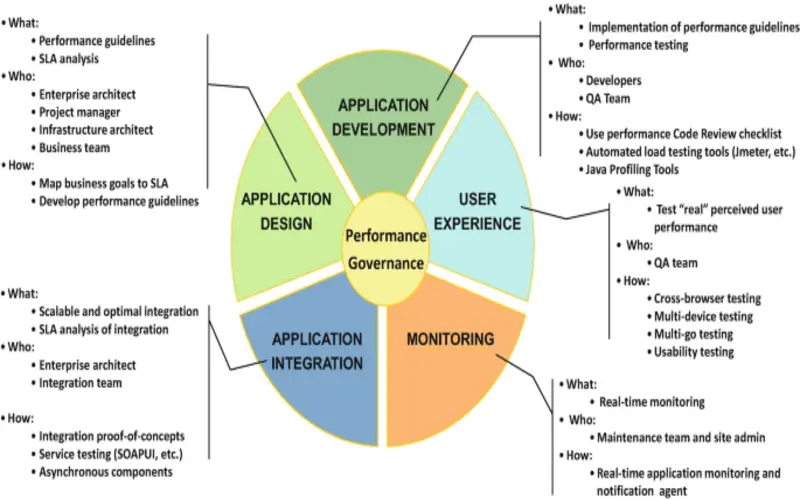
6. Language Agnostic And Cross-platform Compatibility
One of the main benefits of Web Assembly is its language-agnostic nature. It enables programmers to write code in their selected developing language, whether C++, Rust, or any other assisted language. Its reliability operates code reuse, allows programmers to authority existing libraries and devices, and minimizes the hurdle to entry for beginners.
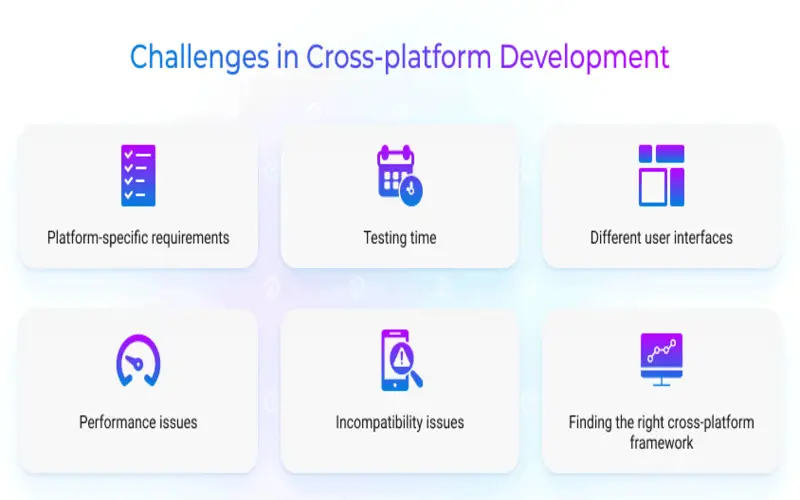
7. Improved Security Features
Web Assembly provides improved features by implementing strict sandboxing. It starts applications in a secure climate, separating them from sensitive consumer data and avoiding malicious code from available system resources. It ensures a protected browsing experience for consumers and secures against energy security loopholes.

8. Blazing Fast Performance
One of the most essential benefits of Web Assembly is its outstanding performance. By taking benefit of a binary layout, Wasm minimizes the analyzing and loading time of web applications, primarily to rapidly load times and a seamless consumer experience. Alternatively, its capability to start close to native speed enables programmers to generate complicated and resource-complete applications that were previously challenging to execute on the web.

9. Seamless Integration
Web Assembly seamlessly assimilates with present web technologies like HTML, CSS, and JavaScript. Programmers can include Web Assembly components into their web applications without any crucial disruptions, enabling a progressive migration of legacy systems to take advantage of its facilitates.

10. Web Assembly Is Compact
A web browser downloads JavaScript as plain text. An incomplete JavaScript file can be 100 times larger than an equivalent web assembly file. Even with compacted JavaScript, a Web assembly file is one-tenth the size of the equal portion of JavaScript code. The facilities are the smaller Web assembly apps that download quicker, which minimizes the time for a webpage to become interactive.
